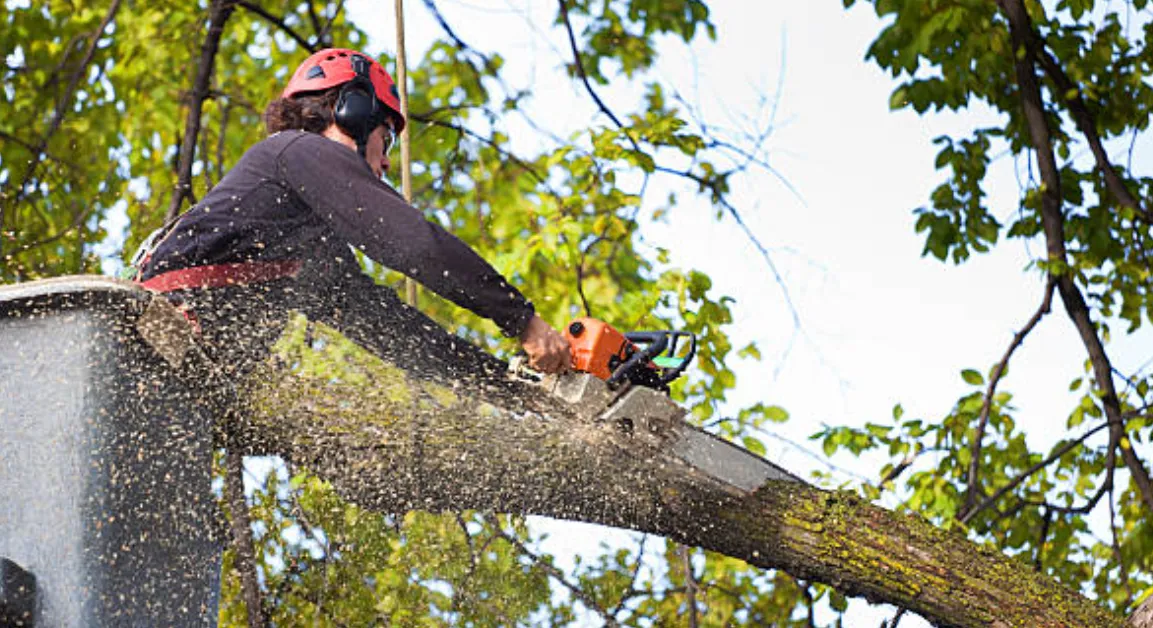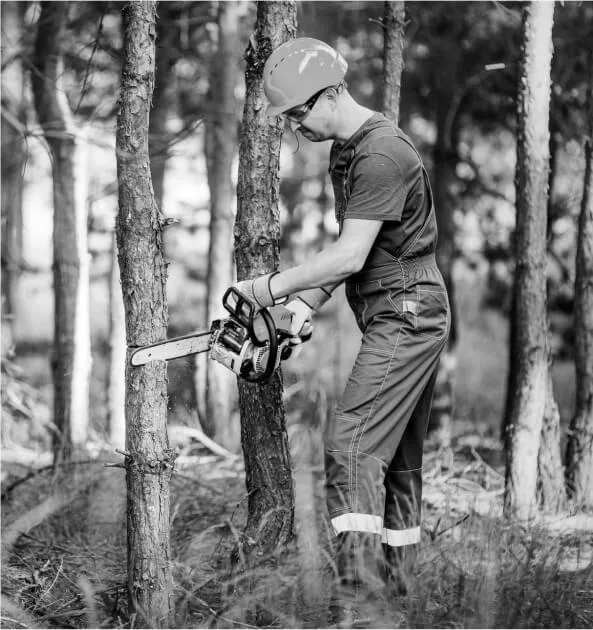
ISA-Certified Arborists
Bellingham, WA 98225
Mount Vernon, WA 98273
Open 24/7
Financing Available
ISA-Certified Arborists

Bellingham, WA 98225
Mount Vernon, WA 98273

November 7, 2025
If you trim trees at the wrong time in Whatcom County, you could cut off next year’s flowers, trigger sap bleeding, or leave wounds open to disease. Get the timing right, and your trees will stay healthier, safer, and more beautiful for decades.
Our Pacific Northwest climate is unique. Moist winters, mild springs, and occasional storms mean your trees respond in predictable but sensitive ways. Homeowners often ask us: when is the best time to trim trees in Whatcom County?
This guide breaks it down by season, species, permits, emergencies, and practical homeowner tips, all rooted in local conditions and Earthworks Tree Service’s decades of hands-on experience.
Trimming is not just about cutting branches. When you prune matters. Here are key biological and environmental reasons:
In short, choosing the right window gives your tree the best chance to support itself rather than stress it.
Below is a seasonal breakdown and guidance for common tree types in Whatcom County.
If you are managing a mixed species yard, plan your trimming project around late winter to early spring as your base window, then slot flowering species immediately post-bloom. Do minor corrective work in the summer only when necessary.

Trimming is biological, but it is also legal in many areas. Earthworks Tree Service helps clients navigate local rules and regulations to avoid violations or delays.
Earthworks provides consultation, permitting & reporting services, with ISA-certified arborists who help you determine whether a permit is needed and assist in the application process.
As a local tree care company with decades of experience in Whatcom and Skagit Counties, Earthworks Tree Service (ISA-certified arborists, licensed, bonded, insured) handles trimming with a balance of biology, safety, and regulatory compliance
Late winter through early spring, typically February to April, is the best time for most trees. This window allows trees to heal quickly before new growth begins.
Yes, but only light pruning. Summer is fine for removing deadwood, small crossing branches, or correcting hazards. Heavy thinning should wait until dormancy.
Fall is generally the worst time to prune. Cuts heal slowly, disease risk is higher, and new growth may not harden before frost.
Avoid pruning during late summer and early fall. Also, do not prune heavily once trees are fully leafed out in spring unless safety requires it.
Most shade and ornamental trees need trimming every 3–5 years. Fast-growing species or fruit trees may need attention more often.
For minor trimming, usually not. But larger cuts, significant trees, or work in protected zones may require a permit. Always check your local city or county rules before starting.
Yes, you can trim branches that cross onto your property as long as you do not trespass or damage the tree. Cutting too much or harming the tree can make you liable for damages.
The best time to trim depends on season, species, and your property’s needs. For most trees, late winter to early spring is ideal. Flowering ornamentals should wait until after blooming, while fruit trees thrive with dormant pruning. Emergencies override the calendar, but routine care should always align with tree health and local rules.
For expert trimming, seasonal planning, or permit guidance in Whatcom County, Earthworks Tree Service is your trusted local team serving Bellingham, Ferndale, Lynden, and beyond.
At Earthworks Tree Service, we are more than just tree care specialists—we are stewards of the natural beauty that defines our community. We offer free estimates for all of our tree services.
What Our Clients Say
Our experience with Earthworks was terrific ... Because of Brandon's expertise, he was able to save our [over] 100-year-old oak. The tree [we] were married under! We will ONLY use Earthworks tree service!
Earthworks saved our orchard! We had two consultations with Earthworks regrading our fruit trees. As novices, we'd made several missteps that were affecting the health of our trees. Christopher was very knowledgable and helpful
These guys rock! Brandon and his team are knowledgeable, professional, and responsible. They are nice guys and do a fabulous job. We will definitely call them again when needing any tree removal or trimming, as well as planting services.
Amazing company. They have a quick turnaround time, and the quality of work is worth every penny. They were also very fast, which was a pleasant surprise! I will definitely hire them again in the future.
I recently had the pleasure of working with Earthworks, and I can't recommend them enough! They provided expert advice and showed impressive restraint by advising us against cutting down some of our healthy trees, demonstrating their commitment to preserving our landscape.
Fast, efficient, nice. More than one person has told me that they were surprised how neatly and quickly the latest job was done. Used them a few times over the years. Never a problem.
We offer a comprehensive range of tree services, including tree removal, trimming, pruning, stump grinding, tree health assessments, emergency tree services, and land clearing. Whether you need routine maintenance or have an urgent tree-related issue, we've got you covered.
A tree may need to be removed if it is diseased or dying, damaging property, posing a safety hazard due to structural issues, or obstructing essential sunlight or views. Our ISA Certified Arborists can assess the tree's condition and recommend the appropriate action.
Tree pruning is essential for maintaining the health, shape, and safety of your trees. Most trees benefit from pruning every 3-5 years, but fast-growing species may require more frequent attention based on specific landscape goals.
In a tree emergency, contact Earthworks Tree Service for our 24/7 Emergency Tree Removal service, which includes rapid response, safe removal of hazardous trees, risk assessment, post-removal cleanup, and coordination with local authorities if necessary.
Yes, we offer a satisfaction guarantee on most of our services and provide warranties on specific services like tree removal and stump grinding; details are discussed during the consultation to ensure you’re fully informed.
Trust our arborists and tree care experts to rejuvenate your property. Please use the form on this page to schedule your free estimate. Or call (360) 994-1211 to speak with us directly.
Fill out the form below, and we'll get back to you.